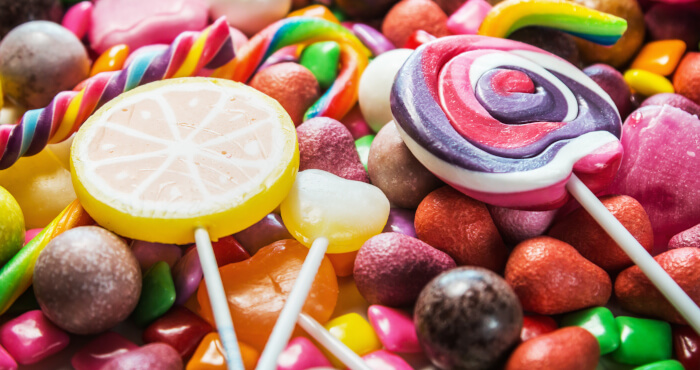Last Updated on May 25, 2022
In Operation
Let’s start with a couple of examples generated with the poly command.
The poly command generates a high quality low poly image using a gradient. At a command-line, type the command
$ wallgen poly 700
The two images are generated with the same command — each time you run the command you’ll get a different unique image with a random gradient. The 700 at the end of the command instructs the software to create a 700×700 image.


I’ve deliberately limited image sizes to that resolution to make pages low-bandwidth friendly. But, of course, you can make wallpaper with much higher resolutions.
By default, the number of points used is 100. Change the number with the points flag e.g.
$ wallgen poly 700 --points 500
The minimum number of points you can use is 3, the maximum is 200,000.
The NbyNGradient function is interesting. Here’s an example of output using that function:
$ wallgen poly 700 --use-nn --points 10000

Other arguments you can use:
- colours – define the colors to use. You can use many colors in a custom gradient.
- outline – outline the triangles.
- only-color – generate a gradient image only.
- swirl – swirl the gradient.
- scale – scale image for anti-aliasing purposes.
Here’s an example generated image with the swirl flag.
$ wallgen poly 700 --use-nn --swirl --points 100000

I’ll illustrate the effect of colors and outline arguments in subsequent pages. There’s a few other arguments you can use such as -s which opens the image, and -n which lets you rename the output file.
Next page: Page 3 – pic command
Pages in this article:
Page 1 – Introduction / Installation
Page 2 – In Operation – poly command
Page 3 – pic command
Page 4 – shape command
Page 5 – slants command
Page 6 – Summary
